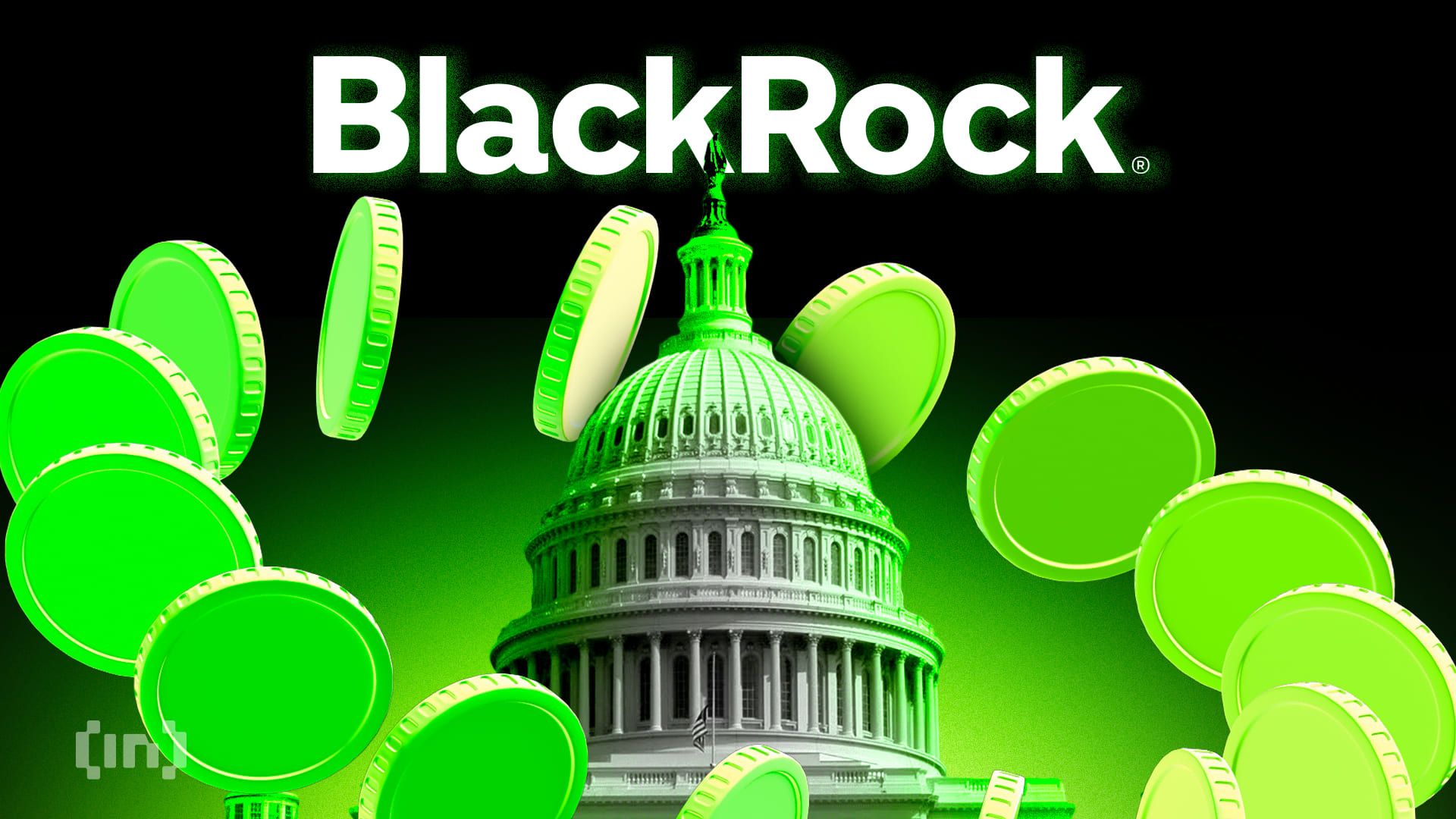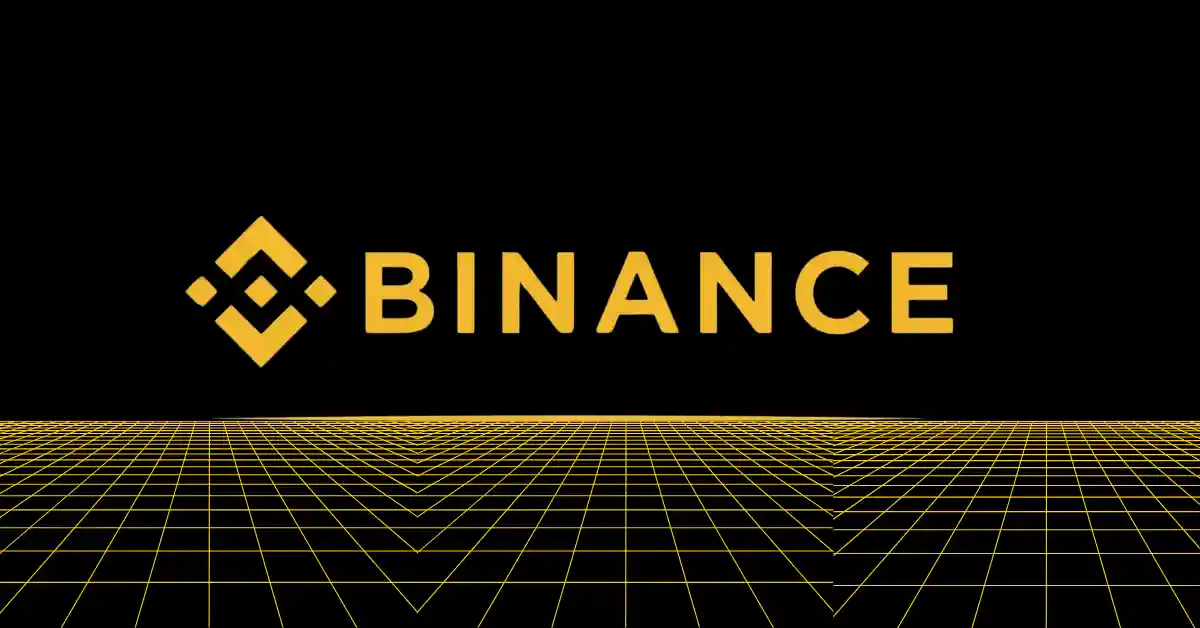- Vitalik Buterin suggests a Harberger tax for Layer 2 networks to create economic balance on Ethereum.
- Implementing the tax could destabilize Layer 2 networks, as they might undervalue themselves to avoid higher taxes.
- Buterin proposes a “maximally-neutral-L2 proof aggregation layer” as an optional alternative for fee contributions to Layer 1.
Vitalik Buterin has put forth the idea of imposing a Harberger tax on Ethereum’s Layer 2 blockchains. This is in reaction to conversations regarding the implementation of an embedded Layer 2 fee structure. In order to achieve economic equilibrium, Layer 2 networks must contribute to the infrastructure and security that they rely on.
Notably, under the Harberger tax arrangement, the Layer 2 networks would be subject to a continuous tax that would be determined by their valuation. Concerns have been raised, though, regarding this proposal’s possible effects on these networks.
Potential Challenges for Layer 2 Networks
Notably, Buterin admits that the current Layer 2 network ecosystem might be upset by enacting a Harberger tax. To get out from under taxation, these networks might try to undervalue themselves. This might lead to instability and have an impact on the services they offer to users and apps.
Furthermore, Buterin notes that the objective of providing a stable environment for Layer 2 networks and their users may be compromised by imposing such a tax. Additionally, he draws attention to how challenging it is to calculate the execution fees on these networks.
The Difficulty of Enforcing L2 Fees
However, enforcing this tax presents another difficulty. Buterin claims that there is no accurate way to calculate Layer 2 network execution fees.
Read CRYPTONEWSLAND on
google news
Notably, he compares it to a government attempting to impose sales tax by limiting access to digital payment systems’ RAM and predicts that individuals would find methods to avoid the tax. As a result, this intricacy casts doubt on the ability of such a fee mechanism to achieve the intended economic equilibrium for Ethereum’s Layer 1 network.
Exploring Alternative Solutions
Therefore, Buterin recommends taking other approaches into account in light of the possible difficulties. A “maximally-neutral-L2 proof aggregation layer” is the concept he puts forth. Networks on Layer 2 that pay fees to the Layer 1 network would be allowed access to this layer.
However, for Layer 2 networks, participation in this aggregation layer would be voluntary. The existing 500,000 gas per proof would still be paid by those who choose to opt out. By taking a more gradual approach, it may be possible to create a more equitable fee structure without requiring all networks to operate under the same rules.
Crypto News Land, also abbreviated as “CNL”, is an independent media entity – we are not affiliated with any company in the blockchain and cryptocurrency industry. We aim to provide fresh and relevant content that will help build up the crypto space since we believe in its potential to impact the world for the better. All of our news sources are credible and accurate as we know it, although we do not make any warranty as to the validity of their statements as well as their motive behind it. While we make sure to double-check the veracity of information from our sources, we do not make any assurances as to the timeliness and completeness of any information in our website as provided by our sources. Moreover, we disclaim any information on our website as investment or financial advice. We encourage all visitors to do your own research and consult with an expert in the relevant subject before making any investment or trading decision.












